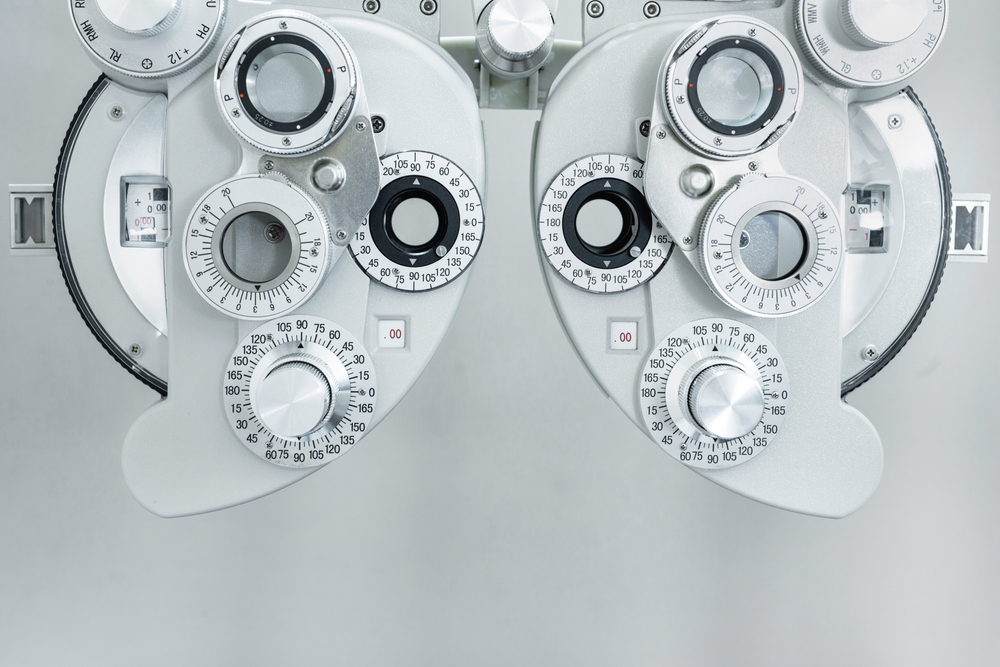
Beyond Vision: Health Issues Detected by Comprehensive Medical Eye Exams
When most people think of an eye exam, they think of updating their prescription for glasses or contacts. However, a comprehensive medical eye exam goes far beyond checking visual acuity. At Kopolow & Girisgen, Doctors of Optometry, we emphasize the importance of regular eye exams not just for vision clarity, but also as a window into overall health. The eye is unique in that it provides a clear view of blood vessels, nerves, and connective tissue—making it an excellent indicator of various health conditions. Here’s a closer look at some serious health issues that can be detected through a medical eye exam.
Diabetes
Diabetes can lead to diabetic retinopathy, where high blood sugar damages the tiny blood vessels in the retina. Early signs, such as leaking blood vessels or swelling, may be visible during an eye exam long before other symptoms appear. Catching diabetic changes in the eye early can help prevent vision loss and can also serve as an alert for undiagnosed diabetes or poorly controlled blood sugar levels.
High Blood Pressure
Hypertension, or high blood pressure, can cause damage to the blood vessels in the retina, a condition known as hypertensive retinopathy. Signs include narrowing of the blood vessels, bleeding in the retina, or swelling of the optic nerve. Often, people are unaware of their elevated blood pressure until it’s observed in the eye, making a medical eye exam an invaluable tool for early intervention.
Autoimmune Diseases
Autoimmune diseases such as lupus, rheumatoid arthritis, and multiple sclerosis can manifest in the eyes, sometimes causing inflammation of the retina or optic nerve. An eye exam can reveal signs of uveitis or optic neuritis, which may indicate underlying autoimmune conditions. Early detection helps in coordinating care with other specialists to prevent further complications.
Cancer
The eyes can reveal signs of several types of cancer, including skin cancer, lymphoma, and even brain tumors. Eye tumors or changes in the optic nerve could point to serious issues. For instance, ocular melanoma is a rare form of cancer that often has no symptoms until it’s advanced. Additionally, brain tumors can sometimes exert pressure on the optic nerve, detectable during an eye exam.
Thyroid Disease
Thyroid disorders, particularly hyperthyroidism or Graves' disease, often cause noticeable changes in the eyes, such as bulging or a “staring” appearance. Additionally, inflammation in the eye muscles can cause double vision or difficulty with eye movement. Detecting these changes during a routine eye exam can alert patients to a possible thyroid imbalance.
High Cholesterol
Cholesterol deposits may accumulate in the blood vessels of the eye and the cornea, sometimes appearing as a yellow or gray ring around the cornea (arcus senilis). Additionally, fatty deposits may appear as yellowish lumps on the eyelids, indicating elevated cholesterol levels. Noticing these deposits during an eye exam can prompt patients to seek a blood test and take steps to manage their cholesterol levels.
The Importance of Regular Medical Eye Exams
Regular eye exams are not only essential for maintaining good vision but also for keeping track of overall health. Many of these conditions can develop without obvious symptoms, making early detection critical. Our optometrists are trained to look for these subtle signs and work closely with other healthcare providers to ensure our patients receive comprehensive care.
Schedule a medical eye exam with Kopolow & Girisgen, Doctors of Optometry, and take the first step in safeguarding both your vision and overall health. Contact us to book an appointment online or text GLASSES to 21000!








